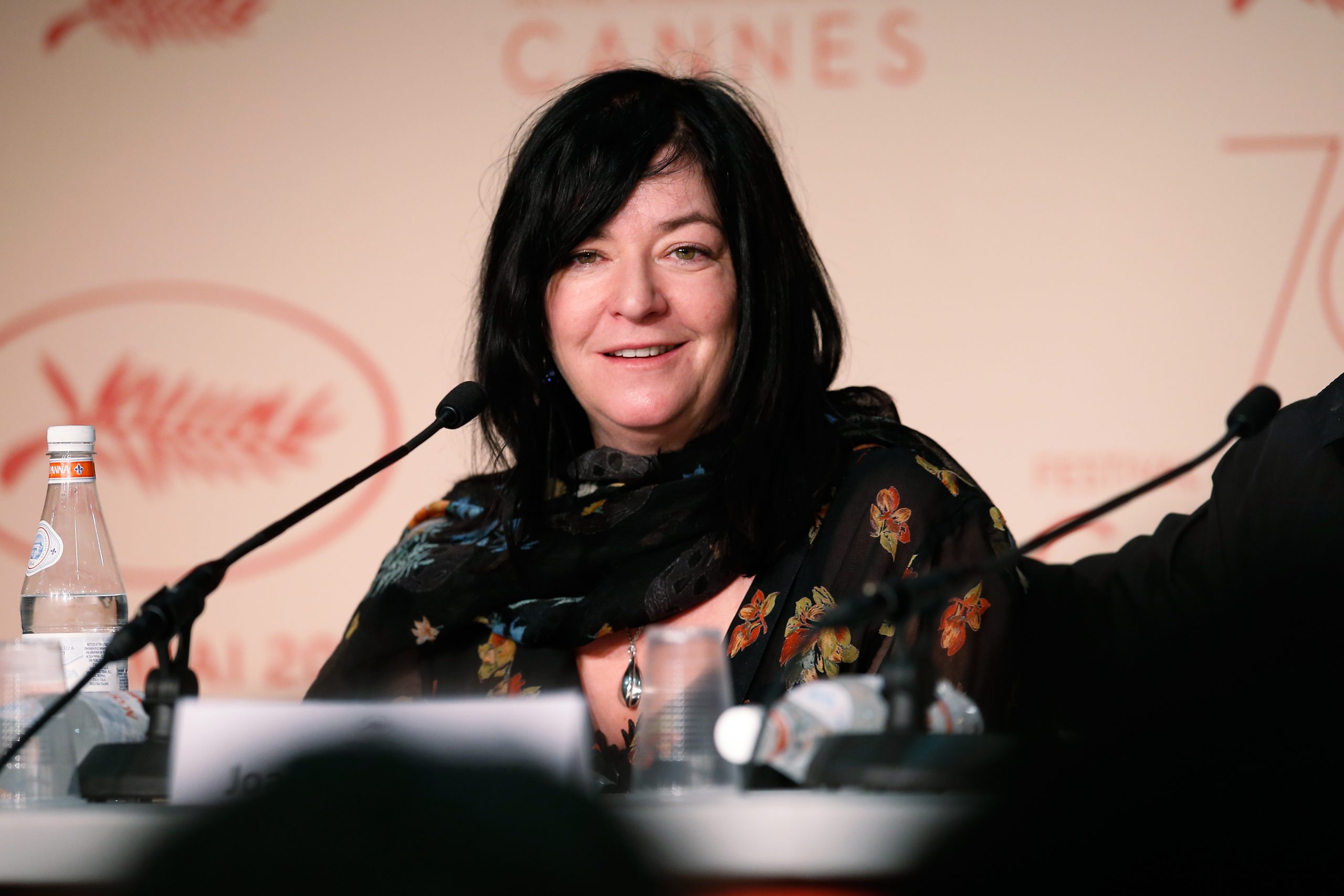
Is there a more frequently repeated and liberally abused two-word phrase in the world of showbiz than “creative differences”?
It’s a malleable non-sequitur of a phrase designed to provide an explanation without actually explaining anything, covering for a kaleidoscope of potential scuffles – from minor tiffs to all-out acrimony. In many cases, the world will never know what really happened, having to make do with the knowledge that the parties involved were simply different, creatively.
The phrase cropped up in a high-profile place this week as director Justin Lin announced his departure from the upcoming vehicular blockbuster Fast X, several days into the production schedule. A report in Deadline suggested insiders had indicated to the publication that there were “creative differences” at play in Lin’s decision to step aside. That old chestnut.
With Lin’s exit from Vin Diesel’s petrolhead Family in the headlines, now seems a good time to run down some of the times from Hollywood history that directors decided – or were forced to decide – to say farewell after cameras had already started to roll.
Justin Lin, Fast X
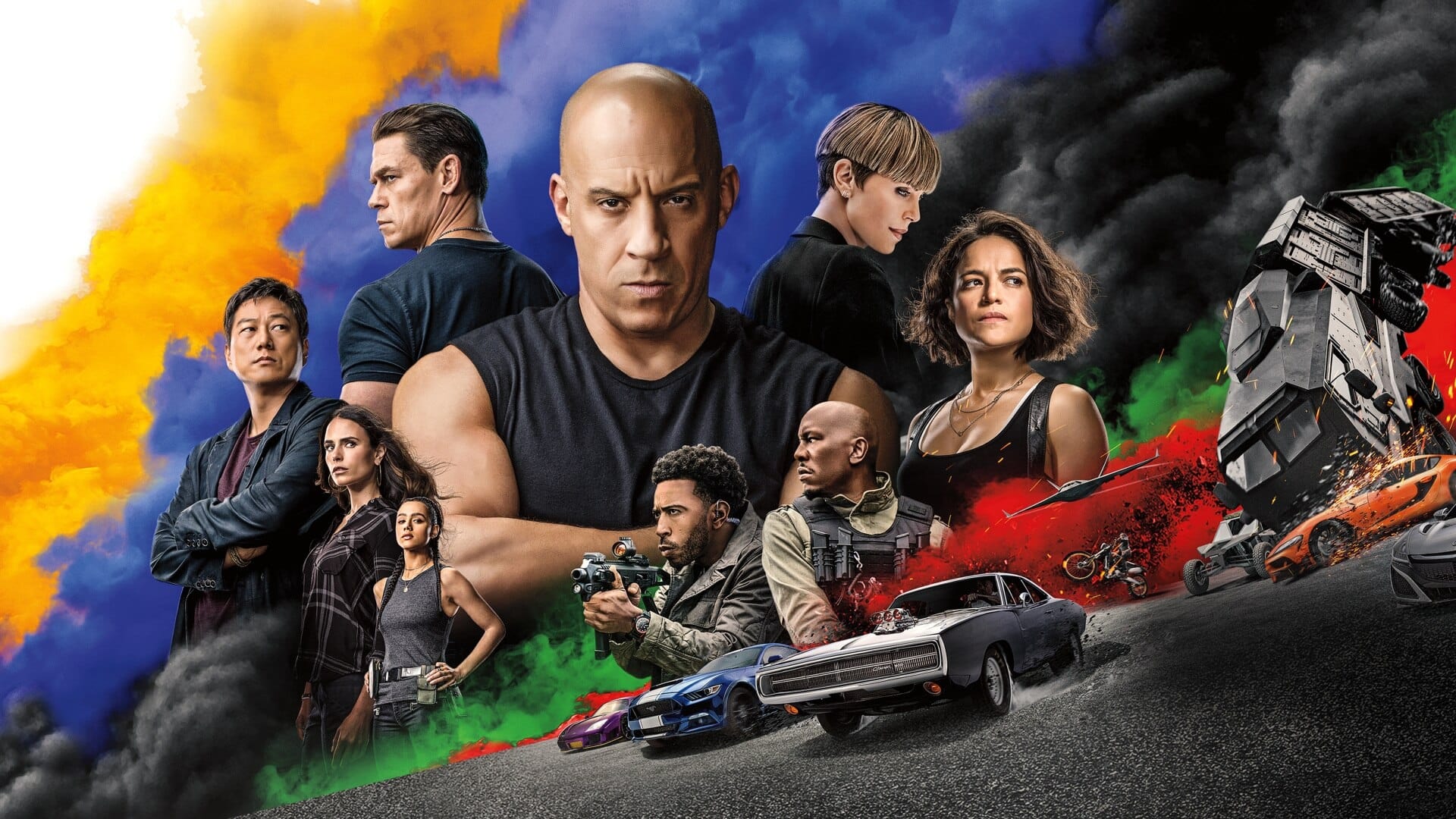
Other than Vin Diesel, there aren’t many people who can claim to be more important to the Fast & Furious franchise than Justin Lin. He helmed third entry The Fast and the Furious: Tokyo Drift back in 2006 and subsequently directed the next three instalments, overseeing the franchise’s gearshift from car crook thrillers to quasi-superhero blockbusters. He then ceded to other directors and went off to make Star Trek Beyond, before returning to the Family with last year’s F9.
Everything seemed to be going swimmingly with the upcoming Fast X until a statement from Lin appeared on the franchise’s Twitter feed on Tuesday, in the series’ trademark font – which is great for title cards, borderline unreadable for lengthy statements. He will remain on as producer and, reportedly, the second unit on the film is continuing work while they wait for a new director. But it seems there may recently have been some unwanted Furious amid the desired Fast behind the scenes.
George Cukor, Gone With the Wind
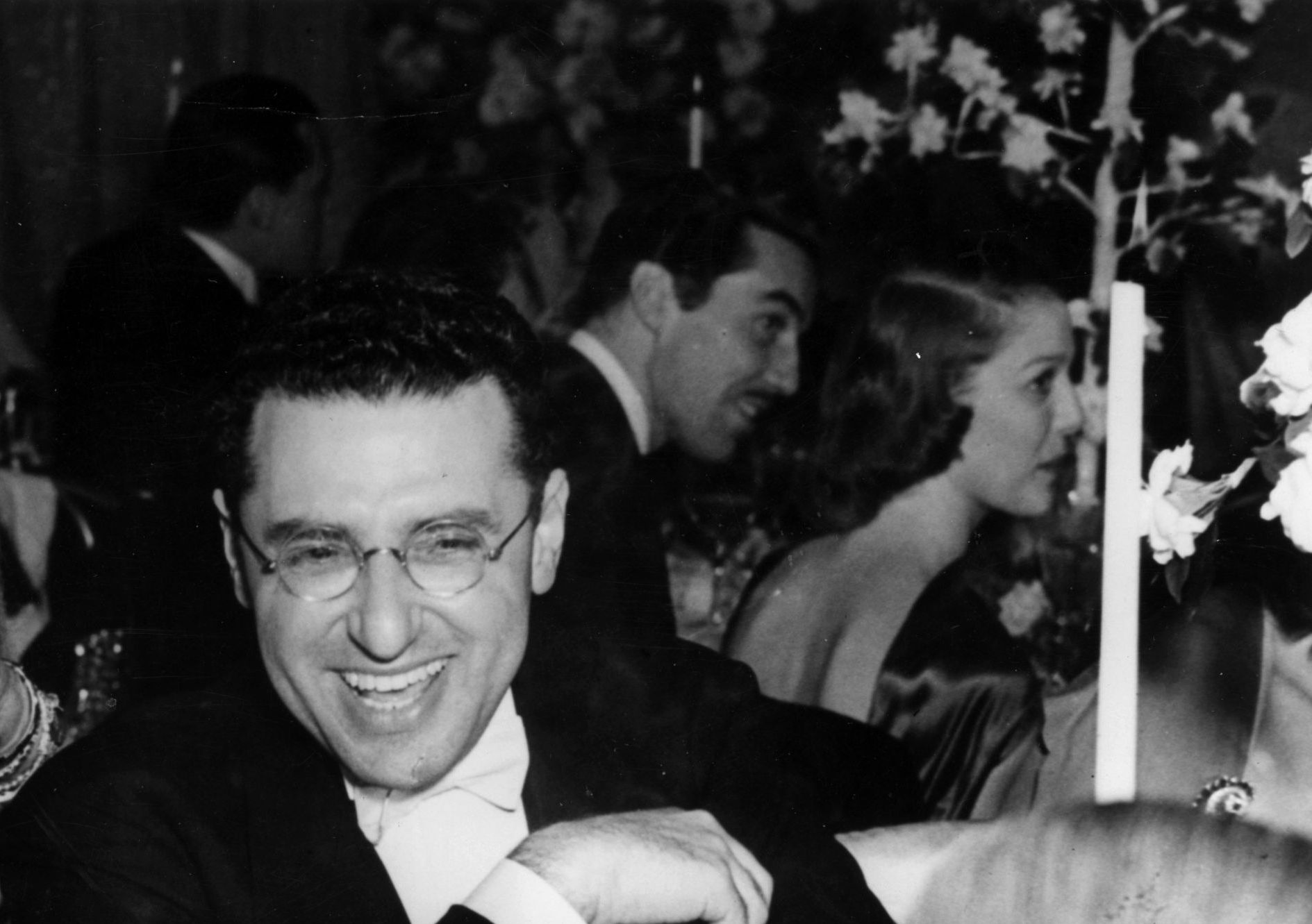
As Hollywood behemoths go, they don’t come much bigger than Gone With the Wind. Adjusted for inflation, it’s still the highest-grossing movie of all time. As a result of its enormous importance to producer David O. Selznick at the time, director George Cukor had spent two years in pre-production – including an infamously long casting process – by the time cameras finally rolled in January 1939. Less than three weeks later, he was off the project and Victor Fleming arrived, fresh from making The Wizard of Oz for MGM. More on that later.
Numerous explanations have been offered over the years, with Selznick and Cukor allegedly butting heads over the film’s script. An alternative perspective points to potential tension between Cukor and leading man Clark Gable, with the director’s biographer suggesting that Gable used his influence to oust Cukor, who the author claimed knew of the actor’s past working as a gigolo amid Hollywood’s gay scene. Either way, Cukor was presumably comforted by the fact he scored three more Oscar nominations in the next decade and then won one for My Fair Lady in 1964. All’s well that ends well.
Richard Thorpe/George Cukor (again), The Wizard of Oz
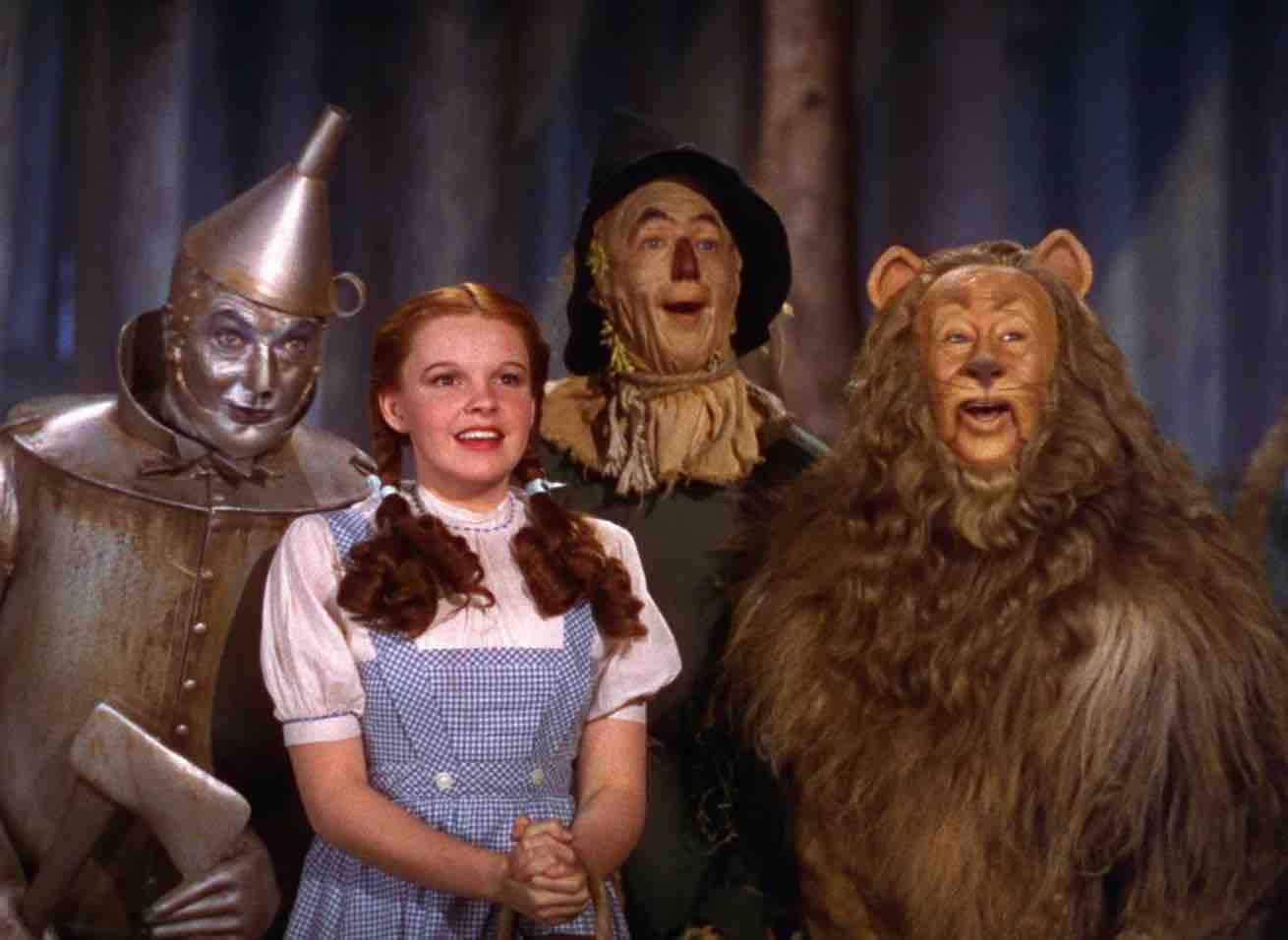
Just before the fiasco around Gone With the Wind, MGM’s ambitious Technicolor adaptation of L. Frank Baum’s The Wonderful Wizard of Oz was taking place in Hollywood. Norman Taurog shot early test footage before being replaced by MGM regular Richard Thorpe, who would ultimately shoot for around nine days on the project. His take put Judy Garland in a blonde wig and heavy make-up – elements which were axed when George Cukor came in to replace him.
Cukor’s role, though, was only ever intended to be as a consultant, due to his prior commitment to Gone With the Wind. Victor Fleming was drafted in to direct the (cowardly) lion’s share of the production before he himself hopped over to Gone With the Wind, with his buddy King Vidor completing the final few scenes of Oz – predominantly aspects of the sepia-toned opening. Vidor, though, kept his involvement under wraps until after Fleming – who remained the sole credited director – passed away in 1949.
Anthony Mann, Spartacus
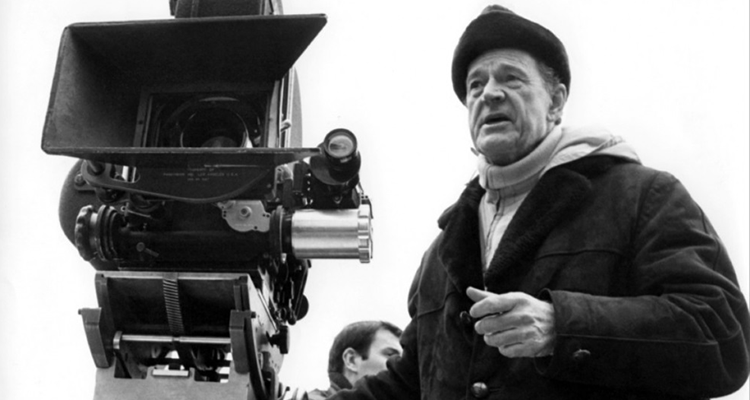
Kirk Douglas was the driving force behind this 1960 historical epic as well as being its star, so he boasted considerable heft behind the scenes. Veteran western helmer Anthony Mann was in place to direct the movie about a rebel slave in Ancient Rome, after David Lean turned it down, but Douglas had Mann dismissed after the first week of production. In his autobiography, Douglas would write that Mann “seemed scared of the scope of the picture”.
As a replacement, Douglas brought in Stanley Kubrick, with whom he had previously worked on the director’s modestly-budgeted war movie Paths of Glory. Kubrick’s exacting style would lead to tension on set, but the finished movie was nominated for six Oscars and won four, so there can be few complaints. With that said, the director somewhat distanced himself from the movie in later years as it was the only one of his films over which he did not have complete creative control.
Kevin Jarre, Tombstone

Tombstone is a terrific 1990s western, featuring one of Val Kilmer’s best ever performances as charismatic gunslinger Doc Holliday, but its production was a wild ride. Kevin Jarre had penned the script and was set to step into the director’s chair to helm his first feature. But he was ousted a month into filming having fallen behind on the schedule as a result of the enormity of the project. Rambo: First Blood Part II director George P. Cosmatos was his replacement.
Not everyone adjusted well to Cosmatos and his strict adherence to period-accurate detail, with Michael Biehn in particular doubting his ability. However, the film eventually got made, with debate still raging today about the true identity of its director. Kurt Russell, who leads the ensemble cast as lawman Wyatt Earp, has claimed he was effectively the director, but Cosmatos was brought in to conceal it. Other cast members have offered differing perspectives. Creative differences, yet again.
David O Russell, Accidental Love

Few recent films are as ineptly bizarre as 2015’s Accidental Love, which was previously known as Nailed. Its credited director is Stephen Greene – an Alan Smithee-esque pseudonym for serial Oscar nominee David O. Russell. The plot is an absurdist satire of the American healthcare system, in which Jessica Biel plays a waitress left with brain damage when she is accidentally shot with a nail gun and can’t afford to have the nail removed. We’ve all been there.
The movie’s production was tumultuous, with the financial crisis of 2008 tightening the already low budget even further to the point that Russell and many cast and crew stepped aside. Shooting was ultimately not completed until years later, when financier Ronald Tutor revived the project and had some of the cast come back for reshoots they were contractually obliged to complete, allowing a (debatably) releasable cut to come together. Russell was not involved, having thoroughly disowned the project.
Richard Stanley, The Island of Dr Moreau
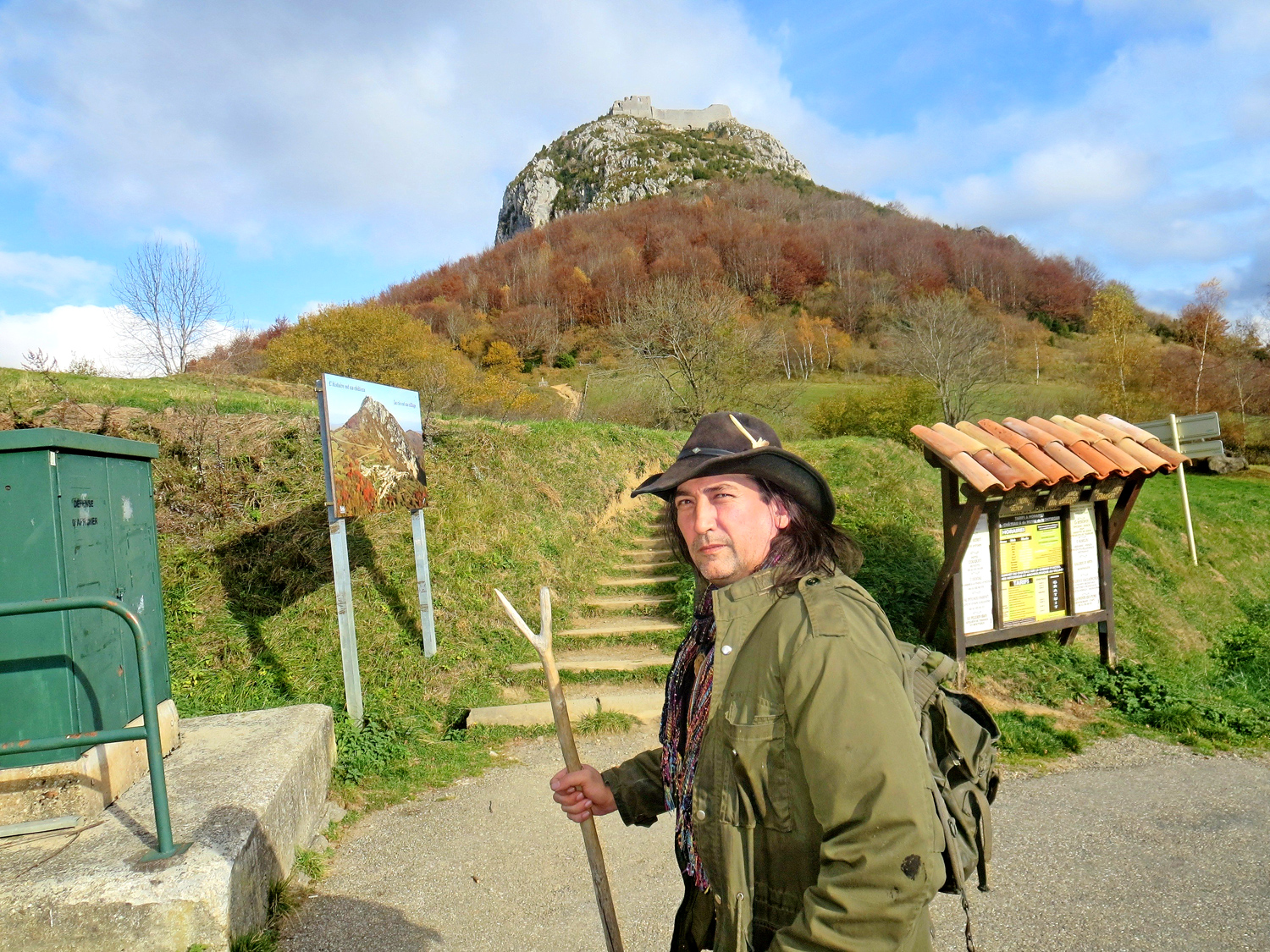
The 1996 adaptation of The Island of Dr Moreau is one of the most notoriously troubled productions in recent Hollywood – so much so that an entire documentary, Lost Soul: The Doomed Journey of Richard Stanley’s Island of Dr. Moreau, was made about its chaotic production. Richard Stanley co-wrote the screenplay for the film, based on the H.G. Wells novel, and was set up as director – at least until he was sacked via fax after three days.
John Frankenheimer was brought in and hired collaborator Ron Hutchinson to rework the script. He was unable to successfully wrangle unpredictable stars Val Kilmer and Marlon Brando and the production continued to be a nightmare of tension throughout, subsequently winning a Razzie Award. In a final weird twist, it emerged that Stanley spent several days on set in disguise as one of the dog-men after he was fired, secretly appearing in the movie as an extra.
Lynne Ramsay, Jane Got a Gun
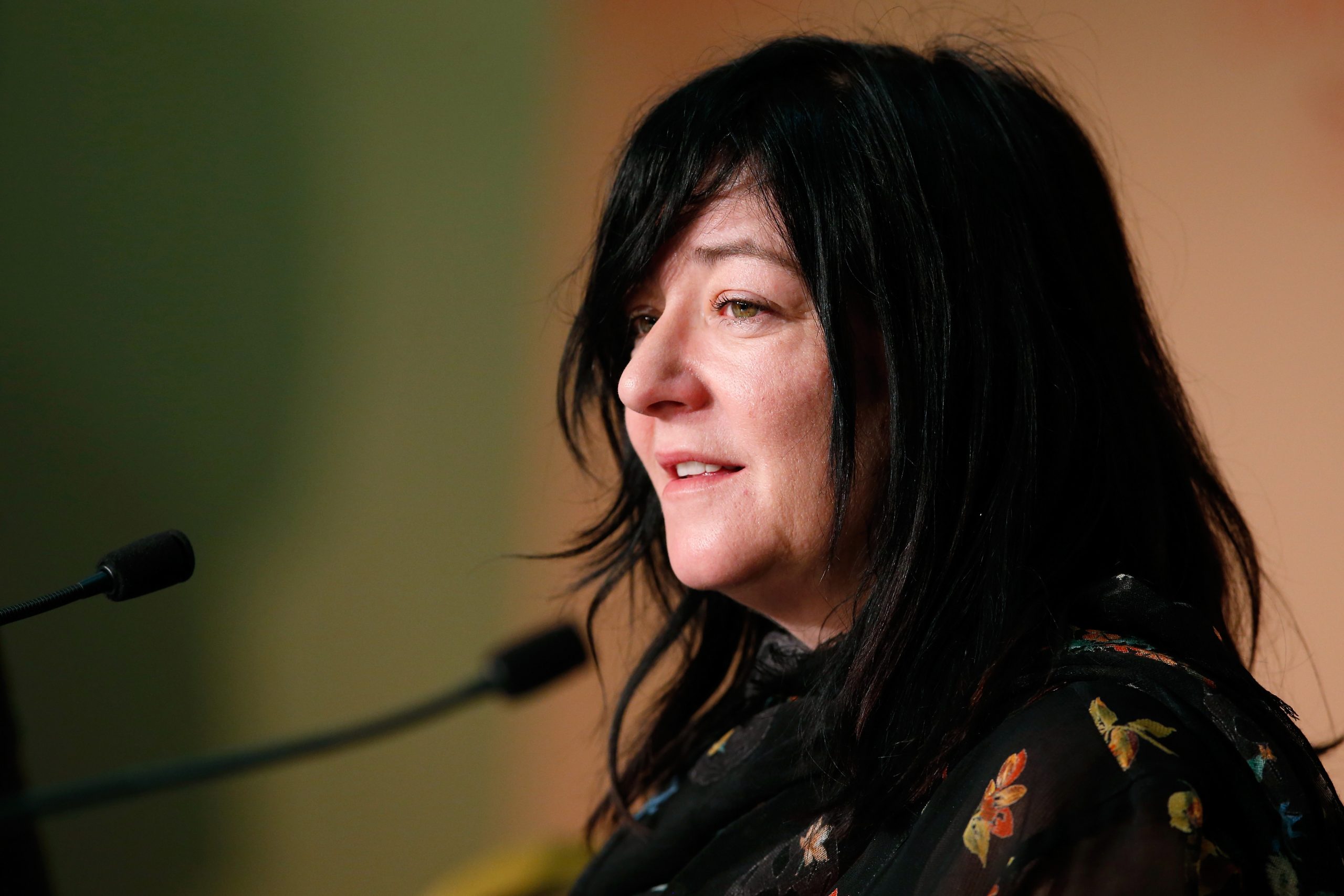
Perhaps the most recent example, pre-Lin, of the eleventh hour director replacement comes with the long-gestating western Jane Got a Gun, which finally released in 2016 after years of turbulent development hell. Natalie Portman, who had been attached since 2012, plays the title role of a woman attempting to protect her outlaw husband from a murderous gang. Lynne Ramsay was the director of the buzzy project, fresh off the critical acclaim for We Need to Talk About Kevin.
In March 2013, production started – but Ramsay was AWOL. Years later, the director would state that she decided to no-show after a series of disputes which meant that the project was “becoming a different movie”. Ramsay and producers ultimately reached a legal settlement. Jude Law would promptly leave the production, having signed on for Ramsay, and Gavin O’Connor ultimately occupied the director’s chair. When it finally showed up, the film sank without a trace and earned less than a fifth of its budget back at the box office.


